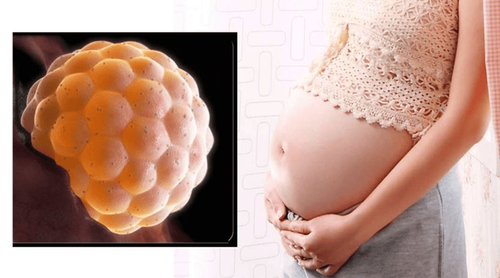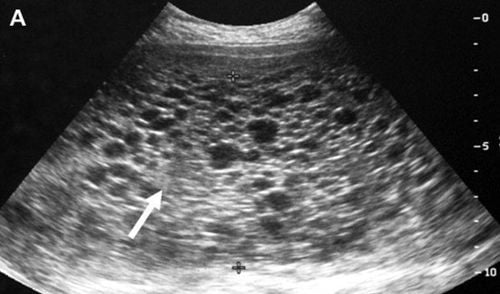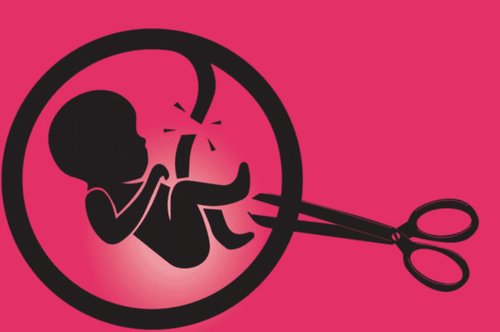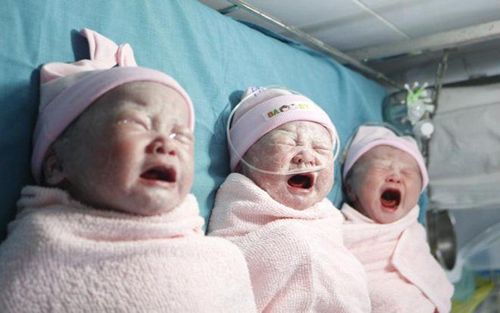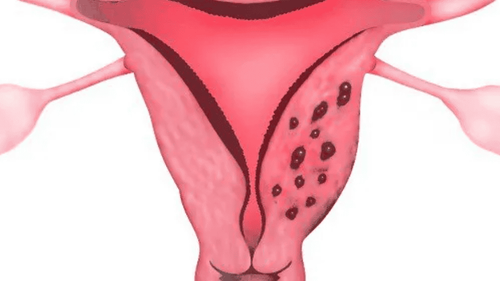This is an automatically translated article.
Pregnancy is an obstetric disease that can affect any woman. Egg abortion is more dangerous than aspiration abortion because the uterus is soft and large, the risk of uterine bleeding, uterine perforation during curettage is high.
1. What is egg pregnancy?
Ovarian pregnancy is a condition in which the placenta does not develop normally. In it, part or all of the placenta is degenerated into fluid sacs. These vesicles stick to each other, similar in shape to a bunch of grapes.
The part of the placenta that degenerates tends to grow, gradually encroaching on the entire area of the uterus, preventing the development of the fetus. The placenta degenerates, so it cannot transfer nutrients from the mother's blood to the baby.
It is estimated that 1 out of every 1000 pregnant women will have an ovum. Anyone can conceive, even if previous pregnancies were normal.
There are two types of pregnancy, including:
Partial (partial) pregnancy: The placenta and some parts of the fetus do not develop, the fetus does not have all the organs like a normal person Complete egg pregnancy complete (complete): A condition in which there is no fetus in the uterus, only the placenta develops. Both types of pregnancy are usually benign, do not develop into cancer.

Chửa trứng một phần hay toàn phần đều lành tính
2. What causes ectopic pregnancy?
Currently, the exact cause of ectopic pregnancy has not been found. Women of any age and living environment can have an egg pregnancy. However, there are also a number of high risk factors leading to oocyte pregnancy such as:
Having an egg pregnancy due to genetic DNA during fertilization: The fetus is fertilized by low-quality eggs, incomplete eggs or sperm incomplete spermatogenesis Women under the age of 20 and over the age of 35 have a higher risk of ovulatory pregnancies.
3. Treatment of pregnancy by suction curettage
Pregnancy causes the fetus to not develop normally. Therefore, pregnant women need to be treated to prevent complications. With proper treatment, a woman can be healthy and have a normal pregnancy in the future.
Abortion of the egg is a common method of treating an ectopic pregnancy. Steps to remove the eggs include:
The woman lies in the gynecological position
The doctor disinfects the vaginal and vulvar areas Place the vaginal valve, disinfects the vagina and cervix Using a cervical clamp uterus and ovaries Use a suction pump or aspirator in the uterus Measure the uterus Clean and disinfect the vagina and cervix Remove the clamps Take a sample of the aspirated specimen for analysis sick.
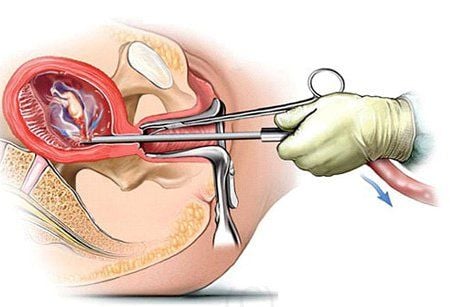
Bác sĩ dùng bơm hoặc máy hút để hút trứng từ trong tử cung
In case of having to curettage for the second time, it will be done about 2-3 days after the first curettage, depending on the patient's condition. If the pregnancy has invaded the uterus, or the patient does not want to have children anymore, surgery can be performed to remove the uterus.
4. Follow-up after abortion
After abortion, the patient needs to combine treatment with antibiotics and uterine contractions. The patient is closely monitored to control the recovery, to prevent the risk of malignant complications. In case of complications, it will have to be treated with chemotherapy, even a hysterectomy.
The time you can get pregnant again after abortion is 12 months. After two weeks from the date of abortion, the patient needs to go to the hospital twice a week for the first 3 months to perform a quantitative beta hCG test. After 3 months, patients can extend the time to perform the test every 6 months until the end of 12 months.
Please dial HOTLINE for more information or register for an appointment HERE. Download MyVinmec app to make appointments faster and to manage your bookings easily.




